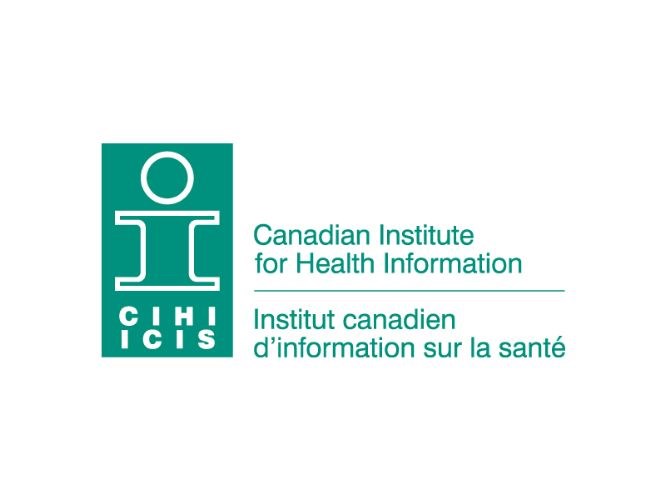Alcohol use sent more Canadians to hospital than heart attacks last year.
Alcohol use saw about 77,000 Canadians hospitalized while 75,000 were admitted for heart attacks in 2015-16, according to a Canadian Institute for Health Information report.
That means about 212 Canadians were admitted to hospital daily for the sole cause of alcohol use, including alcohol poisoning, withdrawal or liver disease caused by alcohol consumption.
In Northern Health, 532 per 100,000 people were hospitalized, which is the highest rate in B.C. out of the five health authorities, while the provincial average is 349 and the national average is 239. That means Northern Health is more than twice as high at the national average, while B.C. has the highest provincial rate.
Men over the age of 20 years old had the highest rates of heavy drinking and hospitalizations and the majority of hospitalizations were associated with mental health and addictions that account for nearly three of four hospitalizations entirely caused by alcohol.
The study spanned the ages of 10 and older and for those between 10 and 19 years old, girls had higher rates of hospitalizations than boys.
More hospitalizations on average took place in the territories than the provinces and numbers were higher in the west than the east, except for Nova Scotia. The highest in Canada is the Northwest Territories at 1,315 per 100,000.
There is an oddity that sees lower-income groups reporting less heavy drinking (defined as having five or more drinks for men and four or more drinks for women on one occasion at least once a month over a one-year period) but a higher rate of hospitalization and the rate is 2.5 times higher for lower-income neighbourhoods than higher-income neighbourhoods.
According to the report, Alcohol Harm in Canada: Examining Hospitalizations Entirely Caused by Alcohol and Strategies to Reduce Alcohol Harm, alcohol pricing policies are most effective in reducing alcohol consumption and harm. Few jurisdictions adjust prices to align with the percentage of alcohol, a policy that could prevent products with a high alcohol content being sold at low prices. If that was practiced, vodka would cost more than beer, it was explained in the report.
"It is striking to see that alcohol sends so many Canadians to hospital, and these numbers are really just the tip of the iceberg," Tim Stockwell, director, Centre for Addictions Research of B.C., said. "Evidence shows that strong alcohol policies can be effective in reducing such harms. Effective policies include maintaining high minimum alcohol prices, pricing by alcohol strength, restricting the hours of sale and limiting numbers of liquor outlets. Studies like this can help decision-makers to identify which regions or populations are most in need of stronger policies."
For the health sector, prevention, screening and referrals may help to reduce alcohol harm, especially in the high-risk populations.
The economic costs of alcohol consumption are also significant, the report noted.
In 2002, the overall cost, including law enforcement, prevention and research and lost productivity, of alcohol-related harm in Canada exceeded $14 billion, $3.3 billion of which was directly related to health care.
In 2014-15, the average cost per hospitalization entirely caused by alcohol was estimated to be $8,100, which is higher than the cost of the average hospital stay at $5,800. The higher cost of hospitalizations entirely caused by alcohol is mainly due to longer lengths of stay, which is an average of 11 days in hospital, compared to seven days for all hospitalizations.


